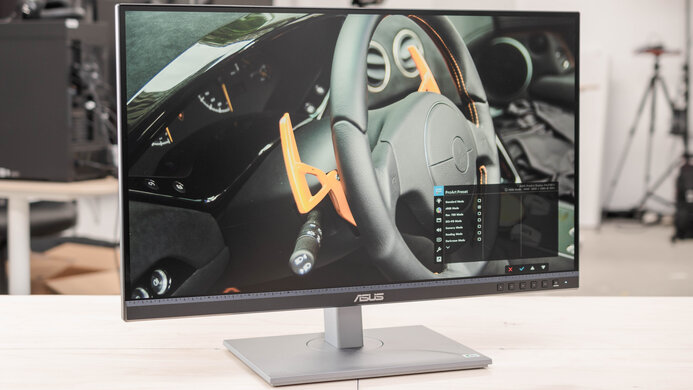

- #Best 4k monitor for mac photo editing how to
- #Best 4k monitor for mac photo editing full
- #Best 4k monitor for mac photo editing professional
A photo edited on two different monitors.
#Best 4k monitor for mac photo editing how to
Head over here to learn how to calibrate your monitor, or ask an expert to do it for you.

Having a monitor that can show true, calibrated color accuracy is a must. A shift to cooler tones may communicate the exact opposite of what you’ve intended. Such differences can alter a photo significantly. The final result, be it a photo, a movie, or a graphic, will lack color detail. Think about it: if you can’t see the work in its true colors, nobody can. And, when you’re the one creating it, it becomes even more crucial. How Does Your Choice of Monitor Influence Your Work? Accuracy of Color Reproductionįirst, color reproduction is essential to any visual piece of art. The most important thing is to do your research beforehand and choose responsibly. These include Eizo, Sharp, Dell, LG, BenQ, and a few others. It’s important to note that it is best to buy a high-quality monitor from a renowned manufacturer. IPS monitors are all great in this respect. Make sure to buy a monitor with adequate viewing angles - at least 160 degrees in any direction. Alternatively, some offer color calibration from 1 to 100.
#Best 4k monitor for mac photo editing professional
On most midrange and professional displays, there is a service menu. If you’re buying a cheaper monitor for photo editing, make sure it offers sufficient options for monitor calibration. You need to look at review sites such as Rtings to check it.Ĭalibration Settings. There’s no standardised measurement for this. But, there are differences between IPS and IPS in black levels as well. IPS screens will never reach the same black levels as OLED. However, if you’re editing videos as well, keep an eye on it. For photo editing, quick response time is not crucial.

Not long ago, this was a feature of professional monitors only, so take advantage of it. If you’re likely to edit a lot of portraits, it’s very useful. A lot of monitors now offer the option to be rotated by 90 degrees. Most of us don’t have complete darkness in our editing rooms. Still, keep in mind that having a bright display is useful. Adobe RGB is a broader spectrum of colors.īrightness. This factor is not an issue with an IPS panel.

Anything that gets to the internet is in sRGB. sRGB is the standard 8-bit color space for web. These color spectrums are industry standards. Your monitor should cover at least 90% of sRGB and 70% of the Adobe RGB spectrum. I can’t stress enough how vital proper color display is. Bigger monitors are also better for your eyes.
#Best 4k monitor for mac photo editing full
You want to be able to see your art in its full beauty. Even a 4K (3840 x 2160) IPS panel you can get at a reasonable price - but there is basically no upper limit. For photo editing, aim for at least a Full HD (1920 x 1080) monitor. You can see more details when zooming out. This means showing more of the photo or more editing panels. The higher the resolution, the more content fits on the screen. When choosing the best photo editing monitor, you should consider the following factors: What Should You Look for in a Monitor as a Photographer? It has to be vibrant enough for prints and those viewers who are looking at them on their smartphones. But the outcome of the prints will be more accurate.Īlways take into consideration that your picture should be bright and contrasty. The appearance of the images on other devices will differ from the ones you edit with these displays. Most people are watching photos on various devices - mostly the screens of their smartphones and laptops. Keep in mind that it is mainly for printing purposes. They give you wide viewing angles and outstanding brightness levels. After calibration, you’ll get an accurate and full-color display. IPS monitors generally offer great color coverage, often displaying the full sRGB spectrum, and most of Adobe RGB too. The technology is called IPS, an abbreviation for In-Line Switching. Out of the numerous display types on the market, there’s only one that consistently provides these. Photography and graphic work require color accuracy and, most importantly, broad color range.


 0 kommentar(er)
0 kommentar(er)
